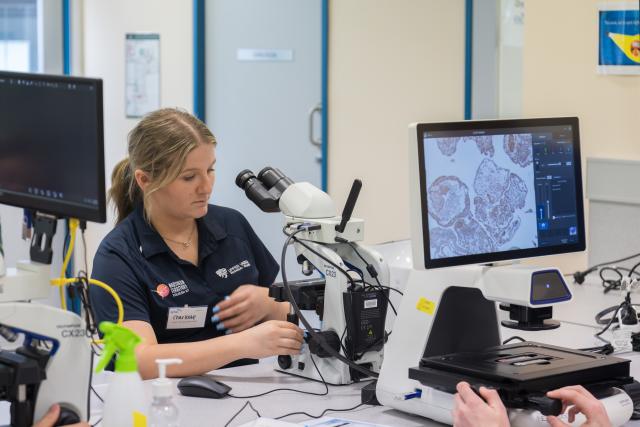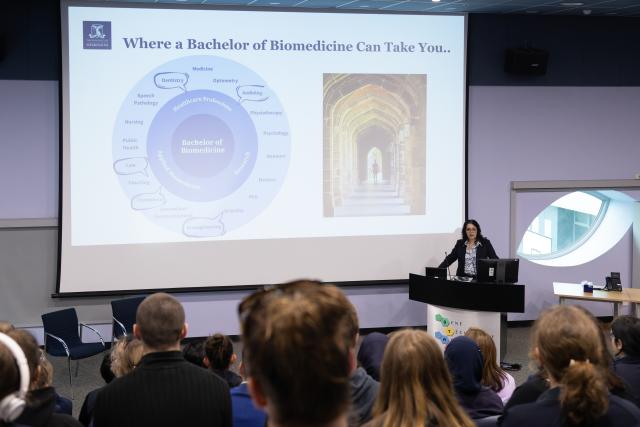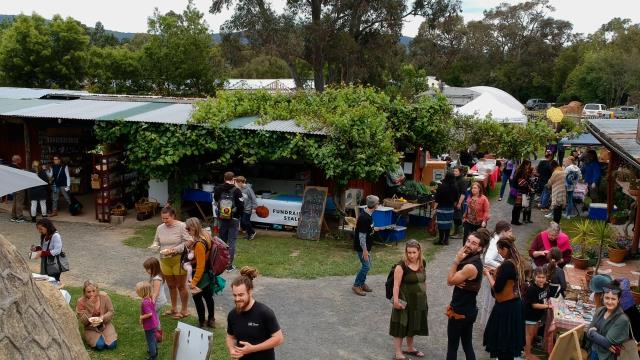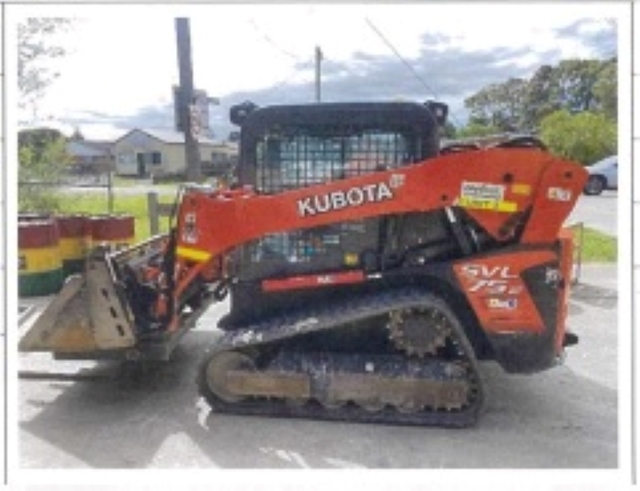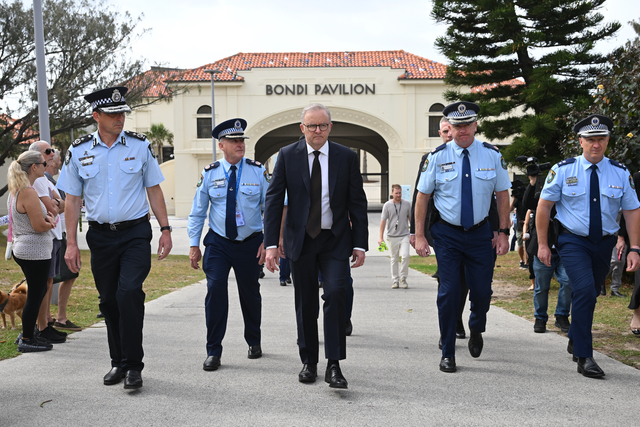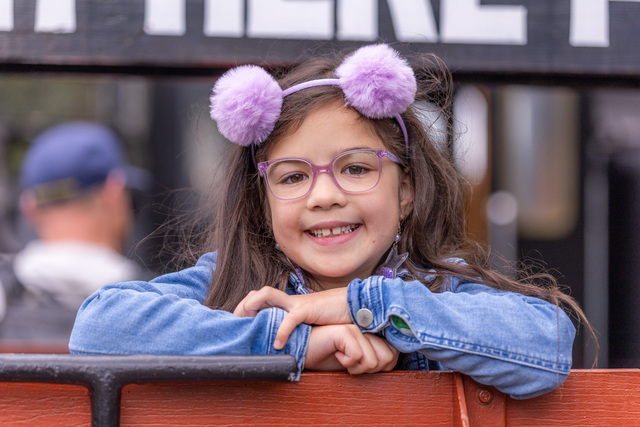Year 10 and 11 students from Upper Yarra Secondary College were among 120 students from across regional and rural Victoria to attend the Annual Biomedical Sciences Day at the University of Melbourne.
Local students and their teacher Julianne Kannangara had the exciting opportunity to experience life as a biomedical scientist at the event presented by the University of Melbourne’s School of Biomedical Sciences and the Gene Technology Access Centre (GTAC).
The University’s Head of School of Biomedical Sciences, Professor Jennifer Wilkinson-Berka, encouraged the students to think about the science behind what creates, sustains and threatens people’s lives in Australia and beyond.
Professor Wilkinson-Berka showed students the work that was work underway at the school, and the Gene Technology Access Centre— including biological processes to better understand human health, computational biology, 3D printing to replace bones, genomics: new tools for cancer treatments, and new vaccines to combat disease.
Professor Wilkinson-Berka encouraged students to apply to the Bachelor of Biomedicine after completing their VCE studies.
“When you come to Melbourne, you don’t just come to the School of Biomedical Sciences,” she said.
“You have access to the whole of the Melbourne Biomedical Precinct, a collaboration of hospitals and research institutes that are right on our doorstep, not to mention the diverse range of career opportunities upon completion of your studies.”
Students worked alongside researchers in the Gene Technology Access Centre Laboratories to photograph specimens using light, fluorescence and scanning electron microscopes, and had the opportunity to enter the images into their own Under the Microscope Coverslip Competition.
They also took a behind the scenes look at the University’s Harry Brookes Allen Museum of Anatomy and Pathology and uncovered real tissue specimens and historical anatomical models, and a tour of the Digital
Learning Hub which allowed students to experience how innovative digital technology is used to study the human body.
“Everything here is so fascinating” said student Charlotte about the Harry Brooks Anatomy Museum.
“It was a wonderful opportunity for the students to walk on campus, and access the amazing technology and equipment the university has available to its students,” said Ms Kannangara
University students Karam Matloob, 2nd year Bachelor of Biomedicine, and Sandra Lin, 3rd year Bachelor of Biomedicine told students about their courses, the diverse research topics they are pursuing, and life on campus and in Melbourne.
The Upper Yarra Secondary School students also learned about Access Melbourne, a program that helps students from rural or regional areas gain entry to undergraduate courses at the university. Each year, 20 per cent of domestic undergraduate places are reserved for Access Melbourne applicants.

